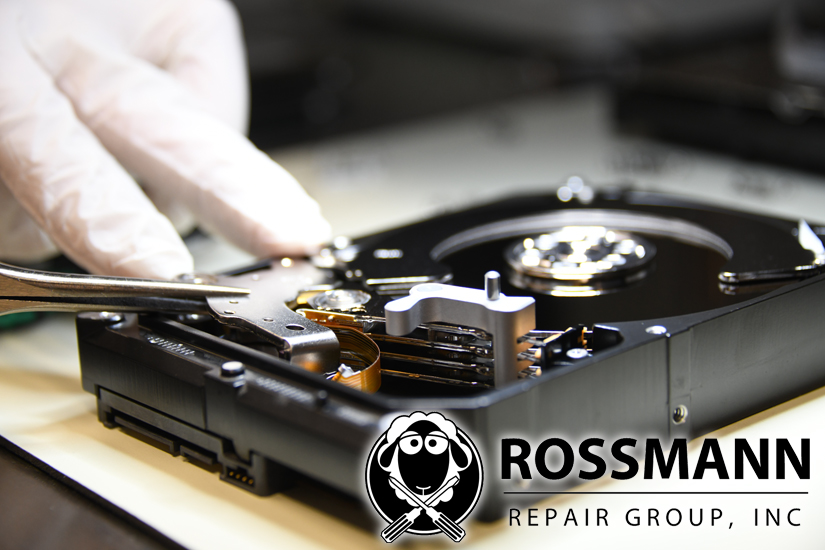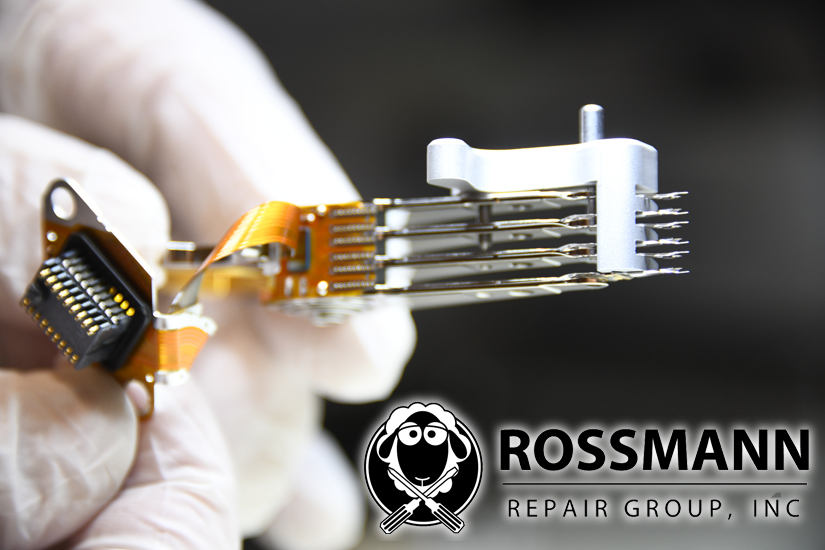What Are Seagate F3 Drives?
Seagate F3 drives are a series of hard drives that utilize Seagate's F3 firmware architecture. Seagate's F3 architecture presents unique challenges in data recovery due to its advanced firmware design and technological features. Unlike traditional hard drives, Seagate F3 models incorporate adaptive fly height technology, dynamic firmware updates, and sophisticated error correction algorithms. These features, while improving drive performance, complicate the data recovery process and require specialized knowledge and tools.
These drives are commonly deployed in desktop computers, NAS systems, and surveillance storage. While generally reliable, their sophisticated firmware architecture and complex translator modules can present unique challenges during data recovery operations.
Why Is Seagate F3 Data Recovery Difficult?
Recovering data from Seagate F3 drives requires specialized knowledge and tools due to their unique firmware structure and diagnostic systems. Here are some reasons why recovery can be complex:
Requires In-Depth Knowledge of Seagate F3 Terminal Commands
Our technicians have gone through the work to understand the Seagate F3 terminal command set necessary for diagnosing and addressing specific issues such as stuck pending reallocate modes or damaged translator tables. Commands like
T>i4,1,22for clearing G-List orm0,6,2,,,,,22for regenerating translators are part of their daily vocabulary.Less experienced technicians might misapply commands, leading to irreversible data loss. For instance, clearing the P-List (
1>G6A) or T-List (T>i2,2,22) without understanding the repercussions can render data unrecoverable.Advanced Troubleshooting
Experienced technicians can interpret complex terminal errors—such as SIM Error 3005 indicating a corrupted format flag or LED:000000CC FAddr:0024A7E5 pointing to a bad translator—and apply the correct recovery protocols.
In contrast, a less seasoned technician might misinterpret these errors or overlook critical diagnostic steps, leading to failed recovery attempts.
Common Failures in Seagate F3 Drives
- Firmware Corruption: Issues affecting essential modules such as P-List, G-List, or SMART tables
- Media Cache Problems: Drive initialization failures and related errors
- Translator Corruption: System errors resulting from interrupted operations or hardware issues
- Physical Damage: Head crashes, platter damage, and motor failures
Why Choose Rossmann Repair Group?
Our data recovery experts are trained and certified in using professional equipment specifically designed for Seagate F3 data recovery. Here's what sets us apart:
- Advanced Firmware Tools: Our professional equipment enables us to handle complex firmware repairs, translator regeneration, and defect management.
- ROM Verification Processes: We implement thorough ROM verification procedures before any PCB operations to ensure drive safety.
- Proven Expertise: Our team has successfully recovered data from hundreds of Seagate F3 drives, including models such as ST1000DM003, ST2000DM001, and ST4000VN008.
The Tool Advantage: AceLAB PC3000
Precision and Reliability
Our AceLAB PC3000 tool provides us everything we need to handle Seagate F3 drives. It lets us properly manipulate and recover the firmware and data layers, reducing the risk of data corruption during the recovery process.
ROM Integrity Verification
Our technicians utilize the PC3000's capabilities for ROM integrity verification to prevent data loss due to faulty ROM swaps. Improper ROM handling can lead to data recovery failures (and an angry customer - but not here!).
Inexperienced technicians might not perform this verification, which can be catastrophic, especially given the common issues with ROM transfers in Seagate F3 models.
Firmware Manipulation and System File Management
The PC3000’s ability to read and write system files using commands like
T>r93andT>w28ensures accurate firmware manipulation without data compromise.Newbies may struggle with these operations, potentially causing further damage by mismanaging system files and firmware settings.
We'll do it right.
Seagate F3 drives require sophisticated recovery approaches. For instance, users often report firmware corruption issues or failed translator rebuilds when using standard tools. Our team stays current with industry best practices for ROM handling, translator regeneration, and firmware management so we don't botch your recovery.

















